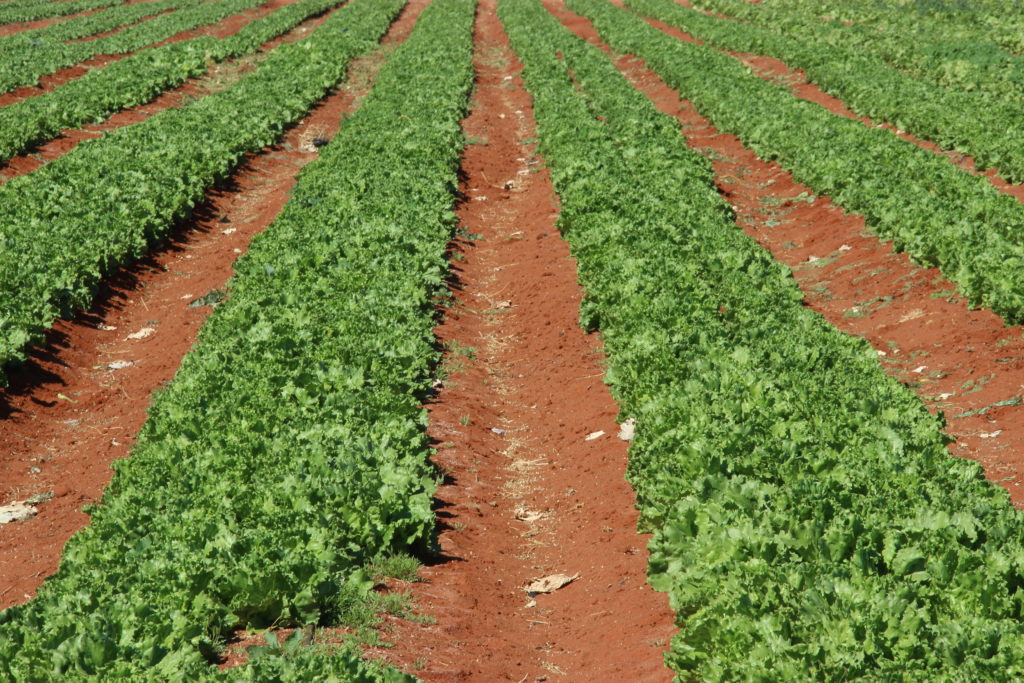Self-sufficiency is commonly known as the ability to sustain sufficient amounts of a specific product or service or being able to supply one’s own needs without external assistance. This ability is still prevalent in Namibia, when referring to native foods and/or farming traditions.
In terms of farming in Namibia, the agriculture sector accounts for about 5% of the national Gross Domestic Product. Products include meat and livestock, crop farming and forestry. About 25% to 40% of Namibians primarily depend on subsistence-related agricultural activities.
Subsistence farming is referred to as producing only what you need, such as a farmer growing only enough crops or enough livestock to feed himself and his family. This process mainly occurs in the communal lands north of Namibia where the main crops are millet, sorghum, corn and peanuts.
Sorghum is traditionally the staple food in Namibia which derives from the Oshiwambo word mahangu, from the Owambo tribe. Sorghum produces grain, which Namibians use in many of their day-to-day meals. To prepare it, you strip the plant of the grain, place it on a rock or stone, and crush it with another rock to a fine powder small enough to consume. If the farmer or family does not plan to eat all of the sorghum in one sitting, they can store it for another meal. While native to Namibia, sorghum grows best in the northern regions because of more rainfall and richer soil, compared to arid soils in central and southern regions.
Commercial farming is when farmers produce enough crops or products to feed more than his or her family. With about 4,000 commercial farms in Namibia, one of which is Patria Farms in Stampriet, owned and operated by Jimmy O’Kennedy.

Jimmy O’Kennedy speaks to Texas A&M students about the logistics of his daily duties. Jimmy supplies local and surrounding areas with produce grown at his farm year-round
Jimmy provides fresh produce to small markets in Stampriet, and large grocery stores in Windhoek. A few of the more popular crops are lettuce and cabbage. However, as with all crops, these are not grown year-round because of weather and seasonal changes.
According to Mr. Bernd Schneider, owner and operator of Natural Destinations, sorghum and cabbage are traditional native foods commonly served with the everyday Namibian meal. Schneider said that because they are so versatile, nothing goes to waste as they can be utilized in different ways to make different meals. They are great staple foods of Namibia. Since Namibians pride themselves on not allowing any food to go to waste, it wouldn’t hurt Americans to adopt this same concept with their food. The most valuable lesson learned is to be flexible with what you have and what you do not have.
